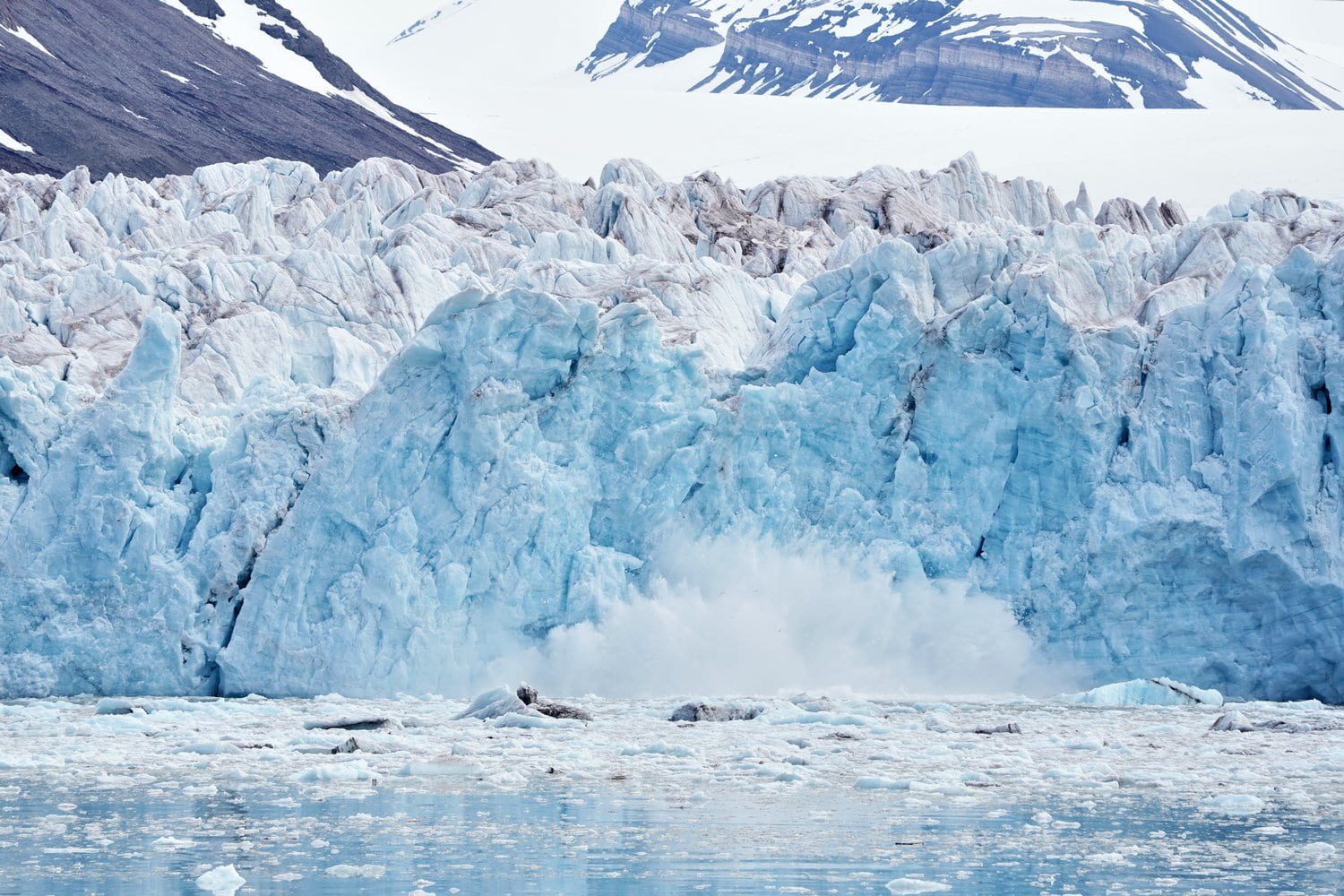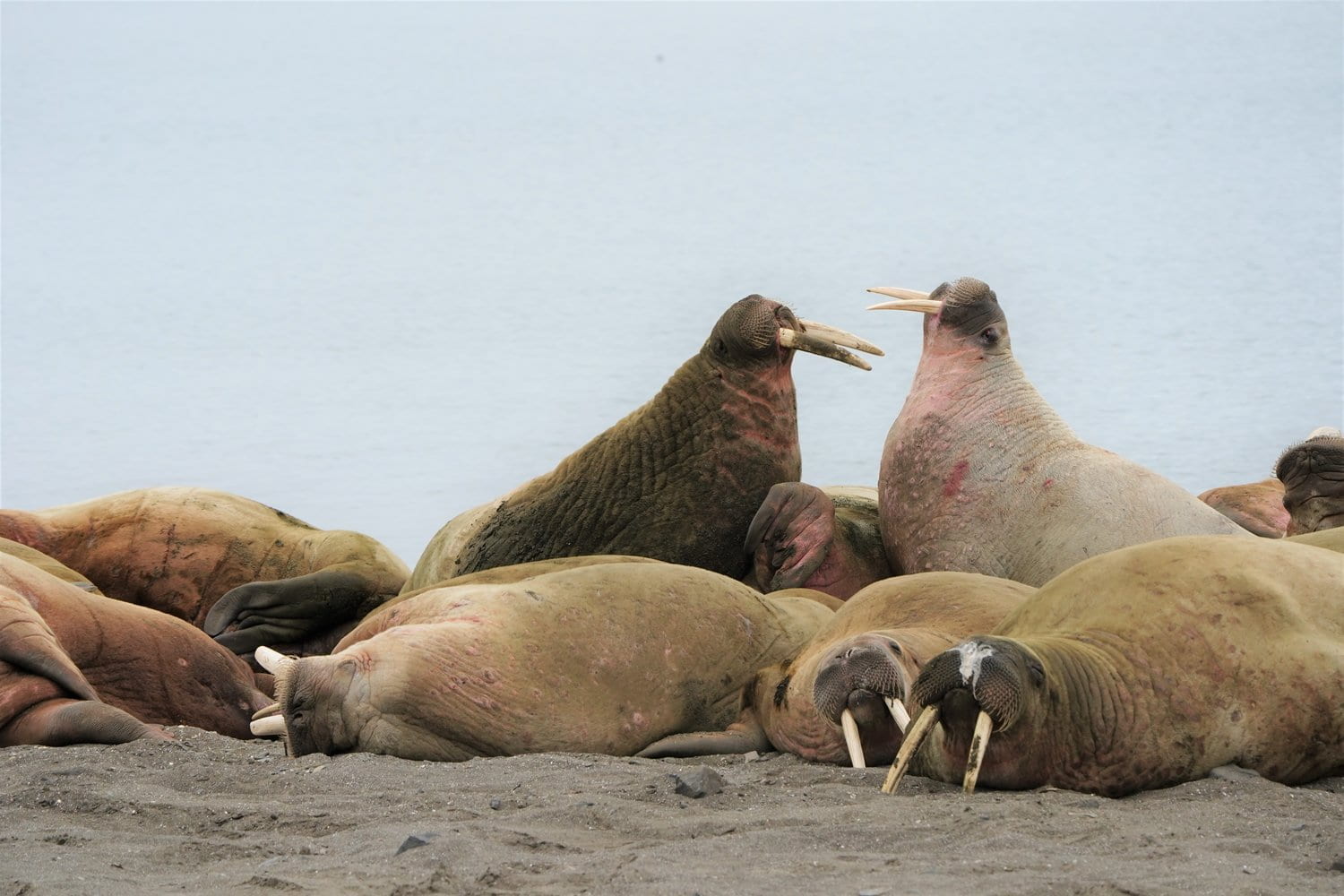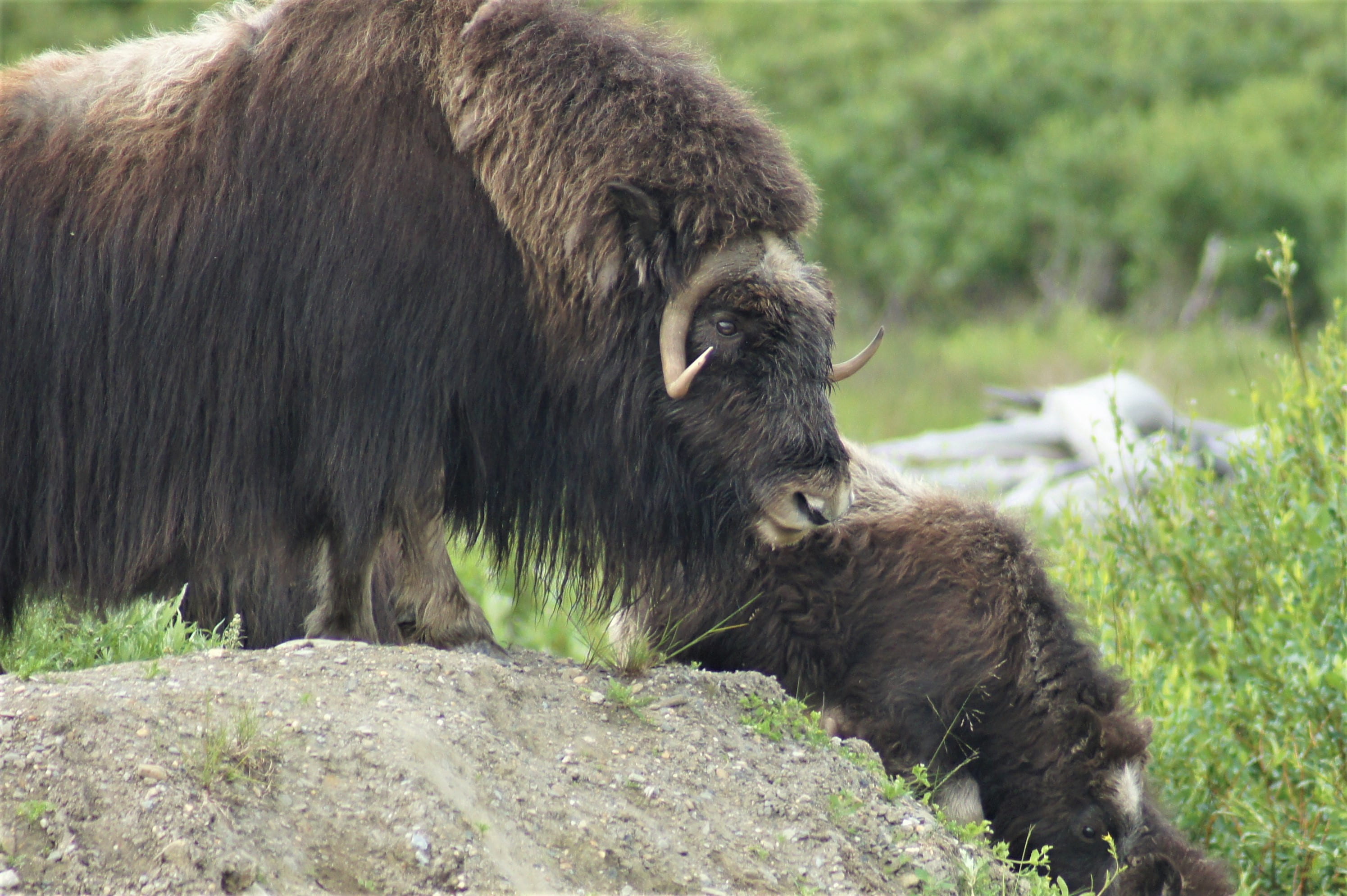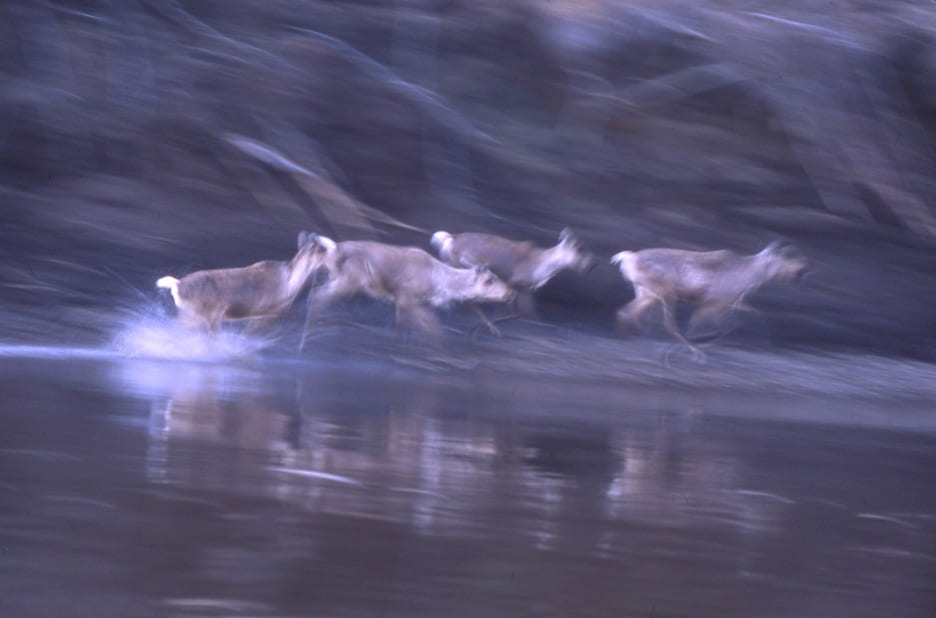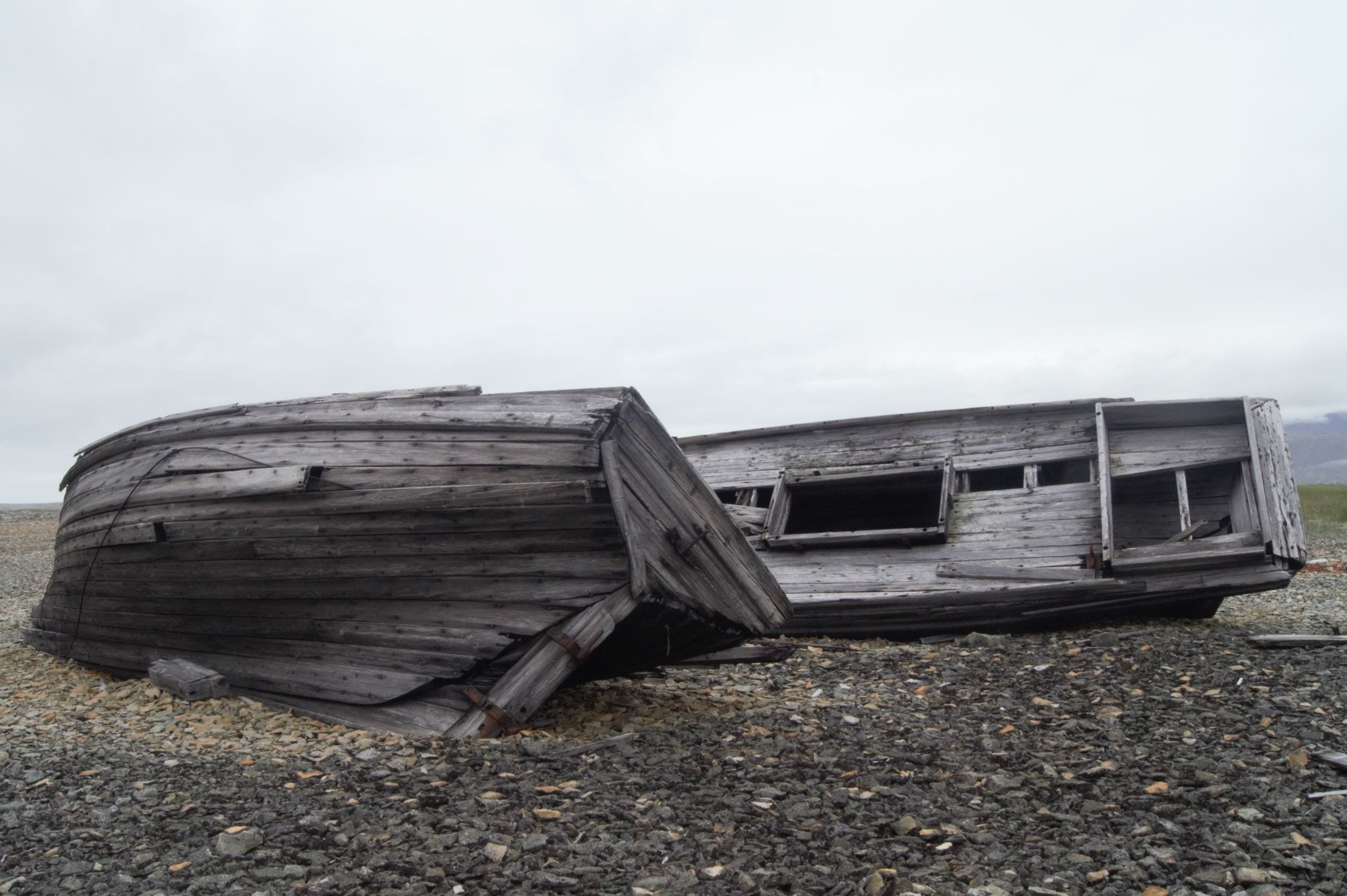By Luna Sarti
Bathsheba Demuth is an environmental historian at Brown University, specializing in the United States and Russia, and in the history of energy and past climates. She has lived in and studied Arctic communities across Eurasia and North America. Earlier this month, we met virtually to talk about her latest book project, The Floating Coast: an Environmental History of the Bering Strait, which unravels the transformative processes that reshaped Arctic ecologies since the dawn of the industrial age.
A site where different socio-economic arrangements interacted for the last 150 years, Beringia has a lot to teach us. In this conversation, we discuss how the intermingling stories of American capitalism, Soviet socialism, and indigenous cultures push us to consider the ways in which different economies interact with non-human animals, plants, minerals, and water in its various forms. Perhaps, these stories offer us the opportunity to reshape conceptions of history, hopefully developing a more capacious ethical space when arranging the trajectories of the future.
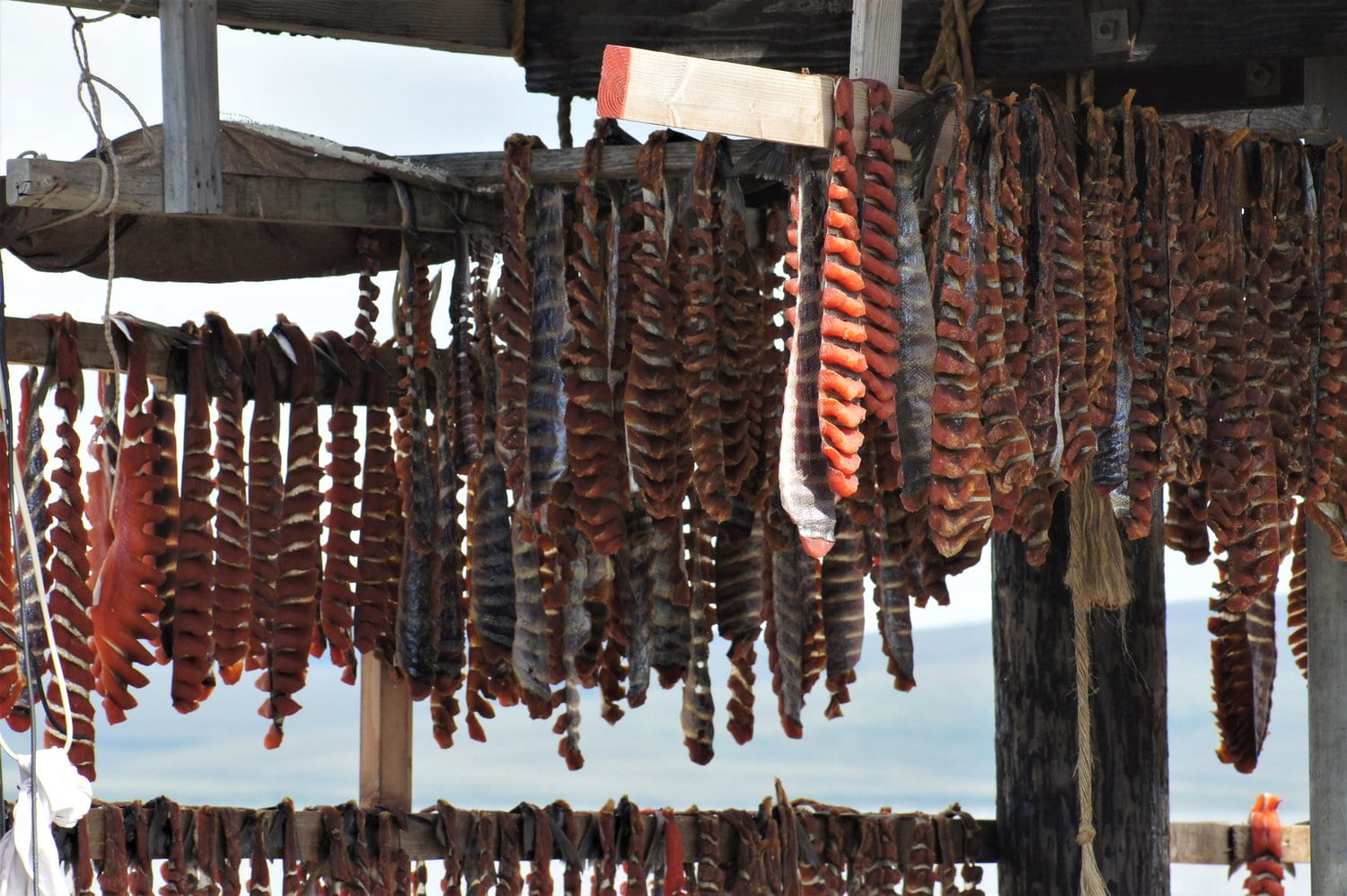
LS: Describing the story of change in Beringia over the last two centuries, you show how capitalism and Soviet socialism were characterized by economic strategies that were based on strikingly similar obsessions with production, extractionism, violence and the assumption that change will bring improvement, in spite of loss. From the point of view of Beringia, we can group these attitudes as being foreign. You make a crucial ethical distinction between foreigners who killed for something else, be it wages, profit or success, and Beringians who killed for food. Could you comment further on this fundamental difference, particularly in relation to the way historians and economists have traditionally dismissed both fishing and subsistence economies?
BD: If you abstract people into their most general groups, The Floating Coast deals with capitalist folks, socialist economies, and then with the indigenous people of the Bering Strait region, who all have different ways of imagining and organizing their economies. The concept of subsistence can push people to subscribe to a kind of teleology between hunter-gatherers, agricultural society, and then industrial society whereas part of what Beringia shows is that this sense of progress between these economic forms only works if you ignore the broader ecological implications of people’s actions. Instead of thinking Indigenous Beringia as subsistence economies, we should look at them as economies that are not based on maximal extraction and that take into account the need for other kinds of life to flourish in order for human life to be meaningful and rich and provided for. This is something that is very different from the extractivist impulse of either the Soviet or the American ways of conducting things as they emerged in the Bering Strait.
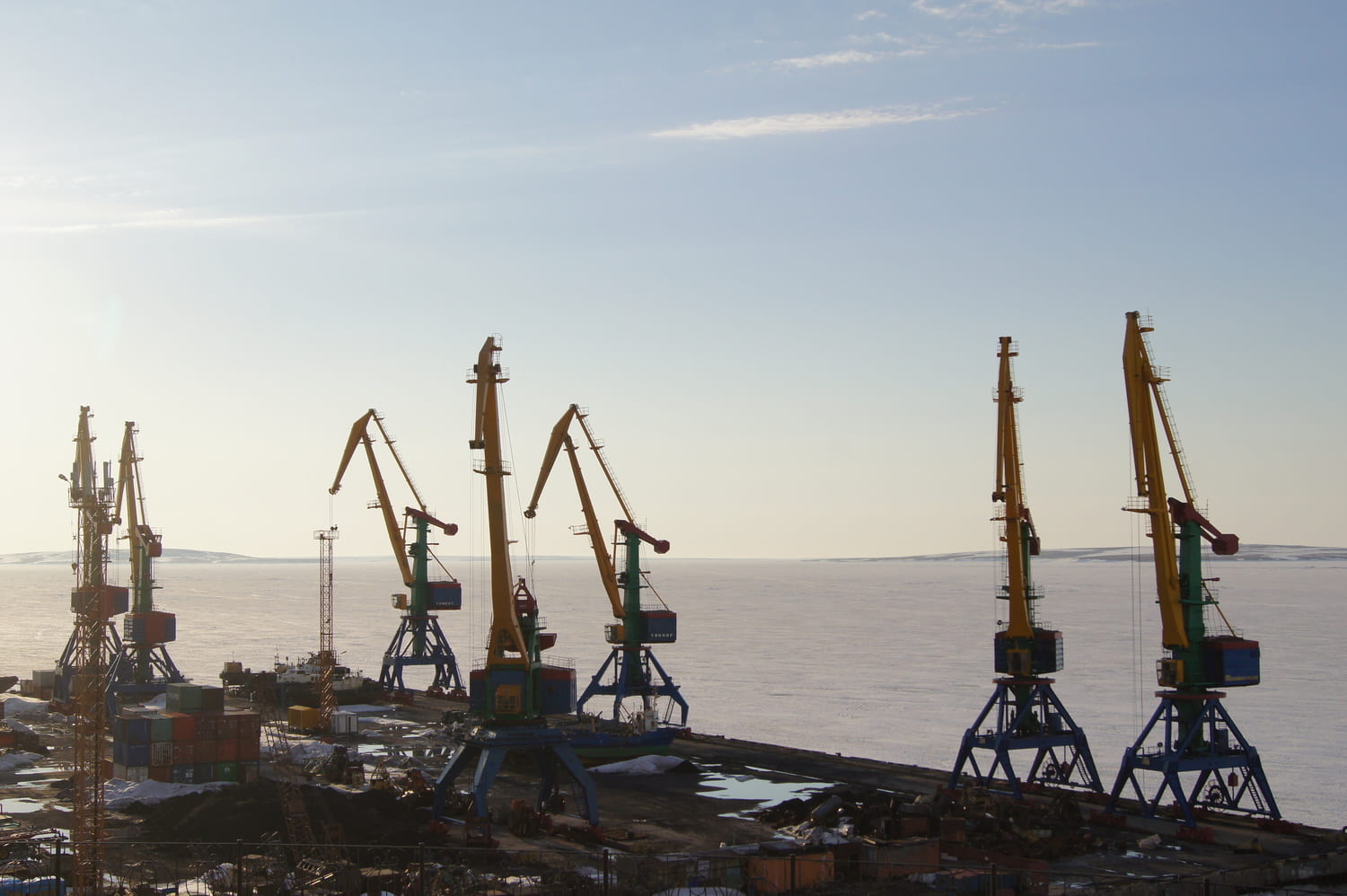
LS: Going against this theological sense of progress when looking at economies based on foraging-hunting, agriculture and industry, recent historical research on fishing seems to be particularly keen to view fishing communities and indigenous economies in general as examples of more successful forms of adaptation which were disrupted by approaches based on violence and extractionism. As a person who has engaged in working and living with such communities, would you agree with this view?
BD: I would want to guard against a knee-jerk romanticism about either fishing communities in the case of histories of fishing or indigenous communities in the Bering Strait. That kind of romanticism is an impulse which comes out not of those communities themselves but rather of a dissatisfaction on the part of people living in modern industrial society with the terms that those societies impose on them. This can result in an urge to look at indigenous folks to find “all the answers” because they are doing things differently than “we” are, without actually taking seriously the ethical precepts that come with indigenous practices and intellectual traditions, particularly the set of behaviors that are required vis-à-vis each other and vis-à-vis other kinds of beings in the world. So I do think it is important to not just have a romantic gloss on Beringia’s past and understand it as a very different way of living, one which pushes us to see that the ways in which we value the world around us have a serious impact on it. We do actually have the capacity to change the parameters by which we assign value regardless of the societies we are in. This opens up the possibilities for different kinds of social arrangements rather than seeing capitalism as an inevitable byproduct of a certain set of industrial relationships or seeing socialism as the only possible antidote to capitalism. I think it actually increases our vocabulary of what is possible.
LS: It was, in fact, surprising to see that something we are taught to see as two very different things, capitalism and Soviet socialism, surfaces throughout the book as being in reality very similar in terms of how the non-human world is perceived and treated. Was this something you expected?
BD: No, it wasn’t expected. I wrote it intentionally because this is what I found in the archives and in the course of doing the research, but it was not what I initially anticipated finding. In some ways, I started this project because I thought that looking at the Bering Strait represented this lovely natural experiment that I could watch play out as a place where you have very similar ecological conditions but very different ideological conditions by the 20th century. I was surprised of the degree of which they often ended up resembling each other, although not all the time. There were real and very materially important differences in the ways the two projects impacted people’s lives and changed the environment around them. But I think that socialism and capitalism operated from a very similar sense that the world that is not people -which we often call “nature”, or “the environment”, or “the world out there”-is really just for humans to turn into wealth. It’s an approach based on a very constrained vision which draws a hard line between human beings and the rest of the world.
When the Soviet Union develops its response to capitalism and its attempt to create a society that, according to the original understanding of the Bolsheviks, was supposed to overcome all of the ethical limitations of capitalism, particularly the demoralization and alienation of being a capitalist worker, they were only looking at people. It was not a worldview that could take into account a more capacious ethical space. And so in some ways that means that both systems have the same operating DNA. If you are looking at history from the perspective of a whale or a walrus or a reindeer, they were treated more similarly than differently. This doesn’t mean that on the human front they are similar histories at all, but part of what I wanted to do in this book is imagine what it looks like if you shift that focus and include other kinds of beings in your historical frame and what that does to our thinking about how these two systems really functioned practically.
LS: You extensively analyze theories of linear, accelerated time that were forced upon Beringia with the coming of foreigners and how such notions of time correspond to the new sets of material relations and imaginaries that foreigners introduced to Beringians. Can you comment on how Beringia influenced your choices when structuring time in the stories you tell in The Floating Coast?
BD: Yes that is a good point. I did not actually realize I was writing about time for quite a bit of the process of assembling the book. From the first draft onward I wanted this to be a work where the initial frame or the initial encounter between the reader and what was happening in a particular section was not necessarily an introduction to a person or a human-made situation. The classic historian way of opening a particular article or chapter involves an anecdote about an activity and then move into the analysis. Instead I usually open with an animal or some other aspect of the “environment”. Sometimes it is the voice of the walrus, sometimes it is ice, or the way the plankton forms and matter transforms. Without me actually being initially conscious of it, this writing process introduced me to the fact that life in the context of Beringia exists on all kinds of temporal frames. This is something that I intuitively grasped onto because of my experience in the place. When you live in the Arctic -and I spent quite a bit of time there over the last two decades including some years where I just lived there full-time- the kind of temporality of other beings and of the seasons themselves is so very present in your life, partly because Arctic seasons are far more extreme and pronounced than in temperate regions.
And you also spend a lot of your life organized around the temporalities of other animals: are the caribous migrating? and when are they migrating? and are the fish running up the river? These kinds of concerns make you really live your life on the time of other beings in the environment with you. These concerns helped the historical argument because they introduce the fact that the temporalities of these different animal populations influenced larger trends in human history or played into them or became caught up in them in very different ways. So, in the book particular events don’t just have one human-driven time operating in them. They have all these other cyclic times that are also a part of the picture. And I think this helps bring in the sense that human actions in this particular part of the world are deeply embedded in a set of ecological actions that are complex and ongoing and run into what people are trying to do or thwart them or change them or get trampled over by what people are doing. There are multiple times and multiple kinds of ways of thinking about time that are operational simultaneously.
LS: I was wondering if you could comment on the relevance of personal experience in writing history because I felt like in the book you refrain from including any references to how this aspect informs the writing of an ecological history of the place.
BD: I think it is a historian’s impulse that I don’t feel like I am the story. So I talk very briefly in the preface and somewhat in the conclusion about how I have lived up north for large periods of time, but I don’t actually go into it very much. I wanted to take some time off between high school and college and I convinced my parents that I should take a gap year. I found a host family in a town called Old Crow which is about 80 miles north of the arctic circle in the Yukon Territory who needed help with their dog team. I stayed in Old Crow for more than two years because I ended up falling in love with being there and with the job of taking care of and training the sled dogs and all of the other work: the fishing, hunting, and gathering firewood and just kind of the day to day life in a “subsistence community” in the far north. It very much changed the way I thought about history. Part of what I was picking up on was the way in which my daily life was so intensely structured around interactions with the dogs, with other animals in the environment, with the weather, with the ways in which my host family understood the world around them. And so by the time I finally left the Arctic and went to college these ideas about the relationship between how we imagine the natural world and how the natural world influences our imagination was my foremost preoccupation. It was such a preoccupation that I took it all the way to grad school because I was still thinking about it. And that is how I ended up more or less trying to find excuses to go to the Arctic and think about the Arctic for my entire adult life.
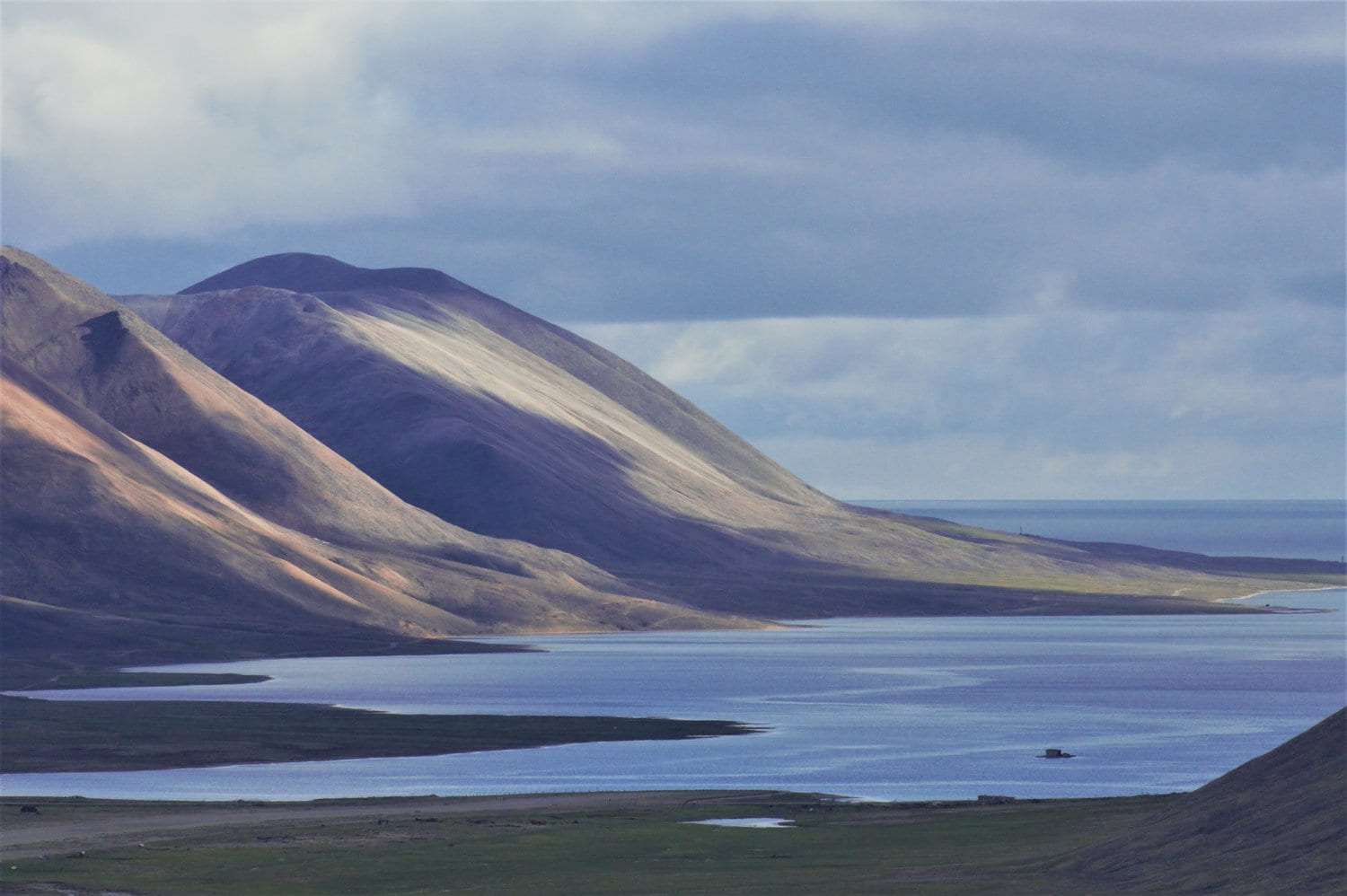
LS: For sure, as a reader, I can say that this compelling preoccupation emerged as the keystone of The Floating Coast. Being often associated with transformations caused by climate change, the Arctic has increasingly become a site of anxiety and fear, but you complicate the imaginary of the Arctic in unexpected ways. What can the history of Beringia do for us in relation to climate change?
BD: It’s not an easy question, but it’s a totally fair question. I would say, and this is true both of this book and of my teaching environmental history, that what I find useful about the history of Beringia, is that it gives me hope. I think it is very easy to fall into the idea – particularly after the end of the Cold War – that the highly extractive growth-driven capitalism that we live in now is the inevitable result of historical processes. And for a lot of young people in the US, particularly the undergraduate students with whom I work now, who were not even alive when the Soviet Union existed, there has never been a model other than capitalism or Chinese style, hybrid, communist-capitalist production. This has been their whole world. I feel like the story of Beringia introduces them to the diversity of human experience in terms of ways in which people have managed their lives vis-à-vis each other and vis-à-vis the wider environment, including forms of capitalism that are far less rapacious. It makes us think of the contingencies that lead to the system that we live in now, which is not inevitable but rather based on specific operations of power and on a series of historical events that are not predestined but actually result from people’s values and choices – some of which we can actually change.
People who have grown up in an advanced industrial technological society are often anxious about change, – what if we don’t have as much stuff, what if Amazon can’t get everything to me in 48 hours.
One of the things that the environmental humanities and environmental history allows is to think with people in past times and places that did not have those things and yet also have had incredibly rich, meaningful, productive, and socially valuable ways of being in the world. This is something that I have found useful to think with as opposed to just getting stuck on this here we are, it is all quite terrible, I throw up my hands kind of feeling. Not that I don’t sometimes do that but… There actually are examples of other ways of being in the world. And this is hopeful.
All photos courtesy of Dr. Bathsheba Demuth.
